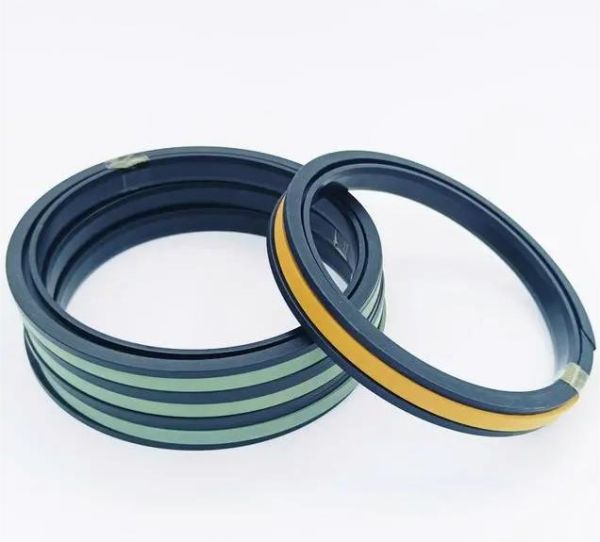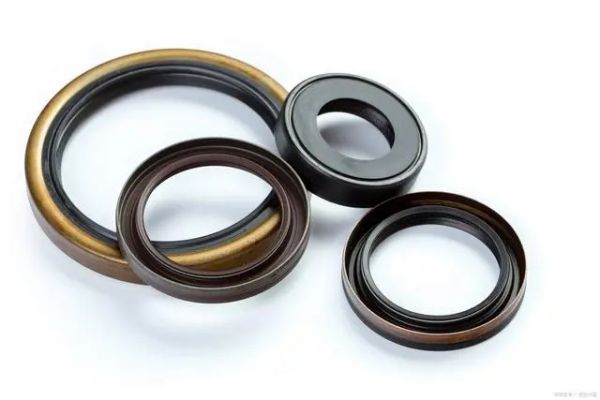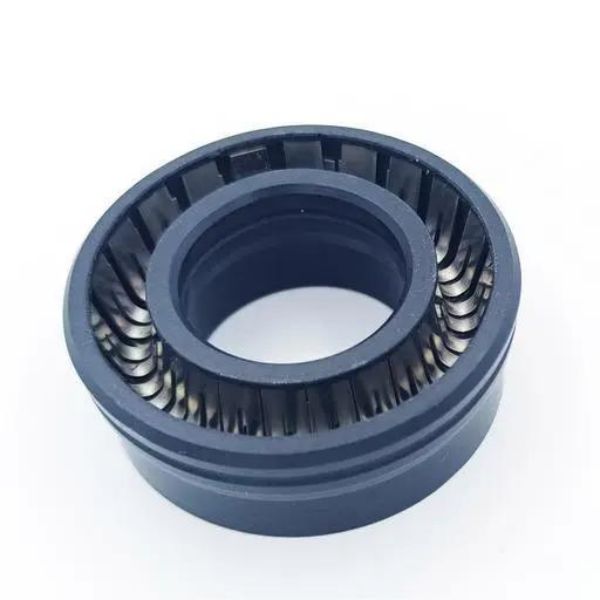
Privacy statement: Your privacy is very important to Us. Our company promises not to disclose your personal information to any external company with out your explicit permission.
I. Introduction
seals are an indispensable part of mechanical equipment, and their role is to prevent liquid or gas leakage, while ensuring the normal operation of mechanical equipment. The working principle of seals involves a number of aspects, such as the material, shape and installation position of seals. This article will introduce the working principle of seals, to help readers better understand and use seals.
Second, the types of seals
Seals can be roughly divided into two categories: static seals and dynamic seals. Static seals are mainly used to seal the static interface, such as flanges, threads, etc.; dynamic seals are used to seal the movement interface, such as shaft seals, piston seals and so on.

Third, the working principle of seals
1. the working principle of static seals
Static seals are mainly in a static state, the use of their own elastic or viscous materials to prevent liquid or gas leakage. Common static seals are rubber gaskets, metal gaskets, O-rings and so on. They need to be fastened at the interface during installation to prevent liquid or gas leakage through interception or adsorption.
2. Dynamic seals working principle
Dynamic seals need to maintain the sealing effect in the movement state. They mainly use their own elasticity, high wear resistance and good lubrication performance to adapt to the movement of the equipment, while preventing liquid or gas leakage. Common dynamic seals include V-seals, U-seals, Y-seals and so on. They need to be pre-compressed during installation to produce sufficient elasticity and abrasion resistance, while maintaining a good sealing effect.

Fourth, the material and performance requirements of seals
1. Material selection
The material selection of seals directly affects their performance and service life. Commonly used materials include rubber, Polytetrafluoroethylene (PTFE), nylon, metal and so on. Different materials have different characteristics, such as high temperature resistance, corrosion resistance, abrasion resistance, etc., need to choose the right material according to the use of the environment.
2. Performance requirements
Seals need to have the following performance requirements: good sealing performance, high wear resistance, high elasticity, high temperature and corrosion resistance. At the same time, also need to have good stability to adapt to different working environments and temperature changes.
V. Installation and maintenance of seals
1. Installation
The installation of seals is a key step to ensure their normal operation. In the installation process, need to pay attention to the following points: first of all, to ensure that the interface surface finish and flatness, so as not to affect the sealing effect; secondly, in accordance with the instructions or standard specifications for the installation, to avoid excessive tightness or looseness leading to damage to the seals; and finally, for dynamic seals, the need for pre-compression in order to ensure that it works properly.
2. Maintenance
Maintenance of seals is equally important. In the process of equipment operation, you need to regularly check the wear and tear of the seals and the use of the state, such as found abnormalities should be replaced in a timely manner. At the same time, for long-term operation of the equipment, seals should be regularly cleaned and lubricated to ensure its normal operation.

Sixth, the summary
This article describes in detail the working principle of seals and related performance requirements and installation and maintenance methods. For mechanical equipment, the role of seals is crucial. Only fully understand and master the working principle and performance requirements of seals, in order to better select and use the appropriate seals, to protect the normal operation of equipment and production safety. At the same time, the correct installation and maintenance methods can also effectively extend the service life of the seals and improve the efficiency of the equipment. I hope the content of this article can help readers.
November 17, 2024
November 16, 2024
August 27, 2021
August 26, 2021
PEEK ball is a special type of ball made of polyether ether ketone (PEEK), which has excellent chemical stability, abrasion resistance, and high temperature resistance.PEEK ball is widely used in...
PVDF Application Areas Different models of PVDF products are suitable for different application scenarios. According to application fields, PVDF can be divided into conventional grade products and...
Application Performance Advantages of MC nylon MC nylon is a new type of engineering plastics, due to its outstanding comprehensive performance, so that its status in engineering plastics is rapidly...
Types of nylon: 1. Nylon - 6 (PA6) Nylon -6, also known as polyamide -6, that is, polycaprolactam. Translucent or opaque opalescent resin. 2. Nylon - 66 (PA66) Nylon-66, also known as polyamide-66,...
Email to this supplier
November 17, 2024
November 16, 2024
August 27, 2021
August 26, 2021

Privacy statement: Your privacy is very important to Us. Our company promises not to disclose your personal information to any external company with out your explicit permission.

Fill in more information so that we can get in touch with you faster
Privacy statement: Your privacy is very important to Us. Our company promises not to disclose your personal information to any external company with out your explicit permission.